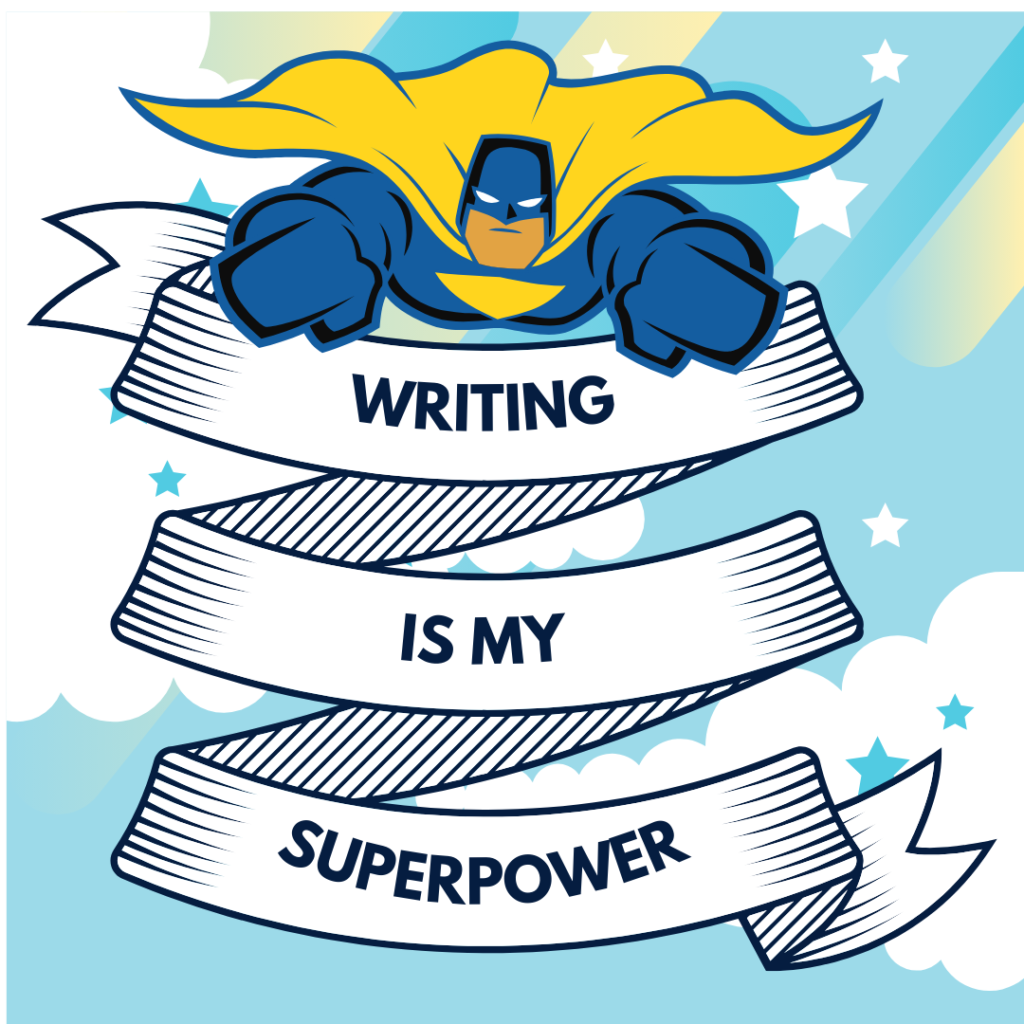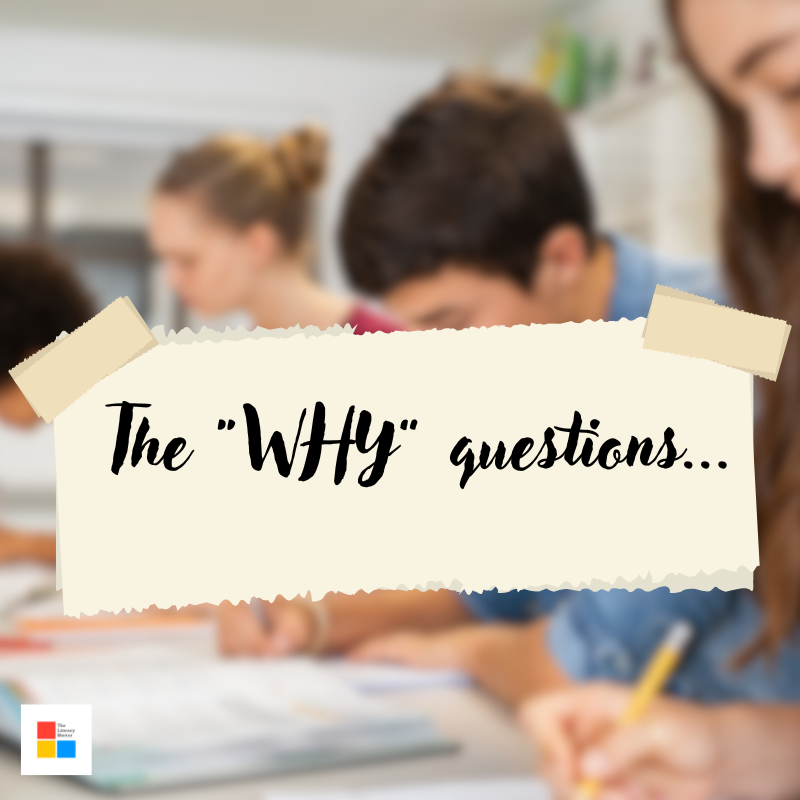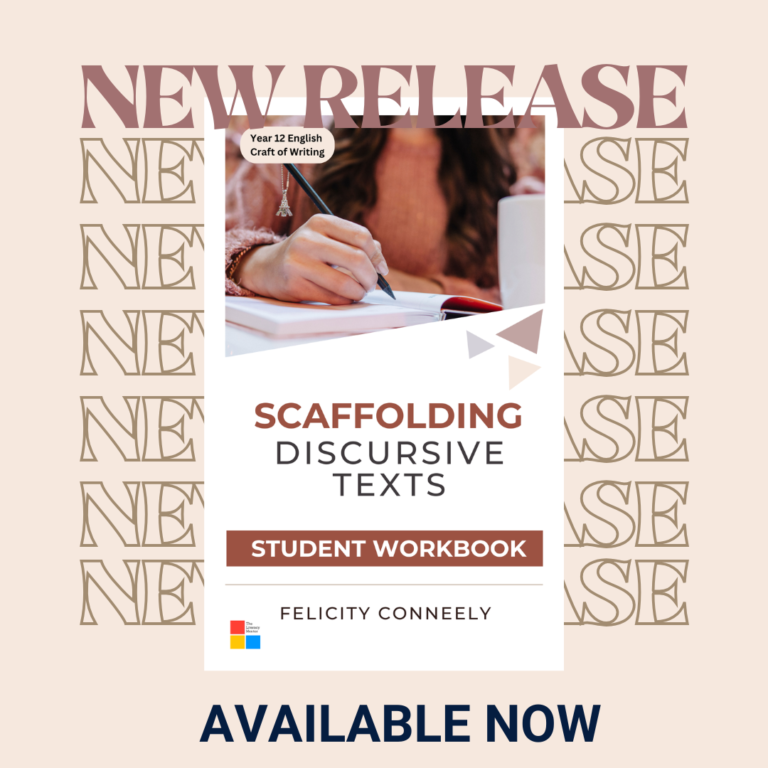PEEL, TEEL, OREO, STEEL, PETAL...What's the difference?
With the rise of genre theory and the inclusion of second language teaching techniques into mainstream classes , teachers have been giving their students scaffolds to help them to structure their writing.
As a result, classrooms have become full of acronymns like PEEL, TEEL, STEEL and PETAL. But what’s the difference?
PEEL usually stands for POINT, EVIDENCE, EXPLANATION, LINK
TEEL usually stands for TOPIC, EVIDENCE, EXPLANATION,LINK
OREO usually stands for OPINION, REASON, EVIDENCE, OPINION
STEEL usually stands for STATEMENT, TECHNIQUE, EXAMPLE, EFFECT, LINK
PETAL usually stands for POINT, ELABORATION, TECHNIQUE, ANALYSIS, LINK EVIDENCE
The word usually is key…as different teachers may slightly alter the words associated with each acronymn.
What is also key, is an understanding of the purpose behind each scaffold. The scaffolds PEEL, TEEL and OREO are useful for constructing a paragraph in academic writing such as an essay or a persuasive argument. However, in a literary response or analytical writing in English Language Arts, the scaffolds STEEL and PETAL are more appropriate to use as they require students to look at a composer’s technique (T=TECHNIQUE) and analyse the effects of such techniques on the audience (E=EFFECT).
Teaching students the PURPOSE behind a scaffold is vitally important as it gives them the power to understand when and where to use a particular acronym to help them to structure their writing.
In addition, it is essential that teachers explain that such scaffolds are a guide to writing. They are not the ‘be all and end all’. They are far too simple and prescriptive to be a student’s finishing point.
Instead, I recommend teachers think about moving their students beyond simple scaffolds as they develop mastery in their writing. For example, senior English students may write a paragraph that includes the following:
S-STATEMENT
E- ELABORATION
E- EXAMPLE from TEXT
T-TECHNIQUE
A- ANALYSIS
E- ELABORATION
E- EXAMPLE from TEXT
A- ANALYSIS
T-TECHNIQUE
E-ELABORATION
E- EXAMPLE from TEXT
T-TECHNIQUE
A- ANALYSIS
S- SUMMARY of IDEAS
L- LINK
They may choose to add other elements in, or change up the order of elements, in order to make their writing csophisticated and coherent, and to ensure that they are responding to the set question. Ultimately, such a change up reflects the sophistication required of senior writers.
So next time you are introducing a writing scaffold to your students remember to teach that …
- Students need to think about the writer’s PURPOSE before choosing a scaffold to use.
- Simple scaffolds are the beginning of learning how to structure a paragraph.
- As students get more confident in their writing, they should try experimenting with the elements of the scaffold.
- Acronym scaffolds like PEEL and OREO are a guide only.
Hope this helps with your learners,
Felicity
aka The Literacy Mentor








